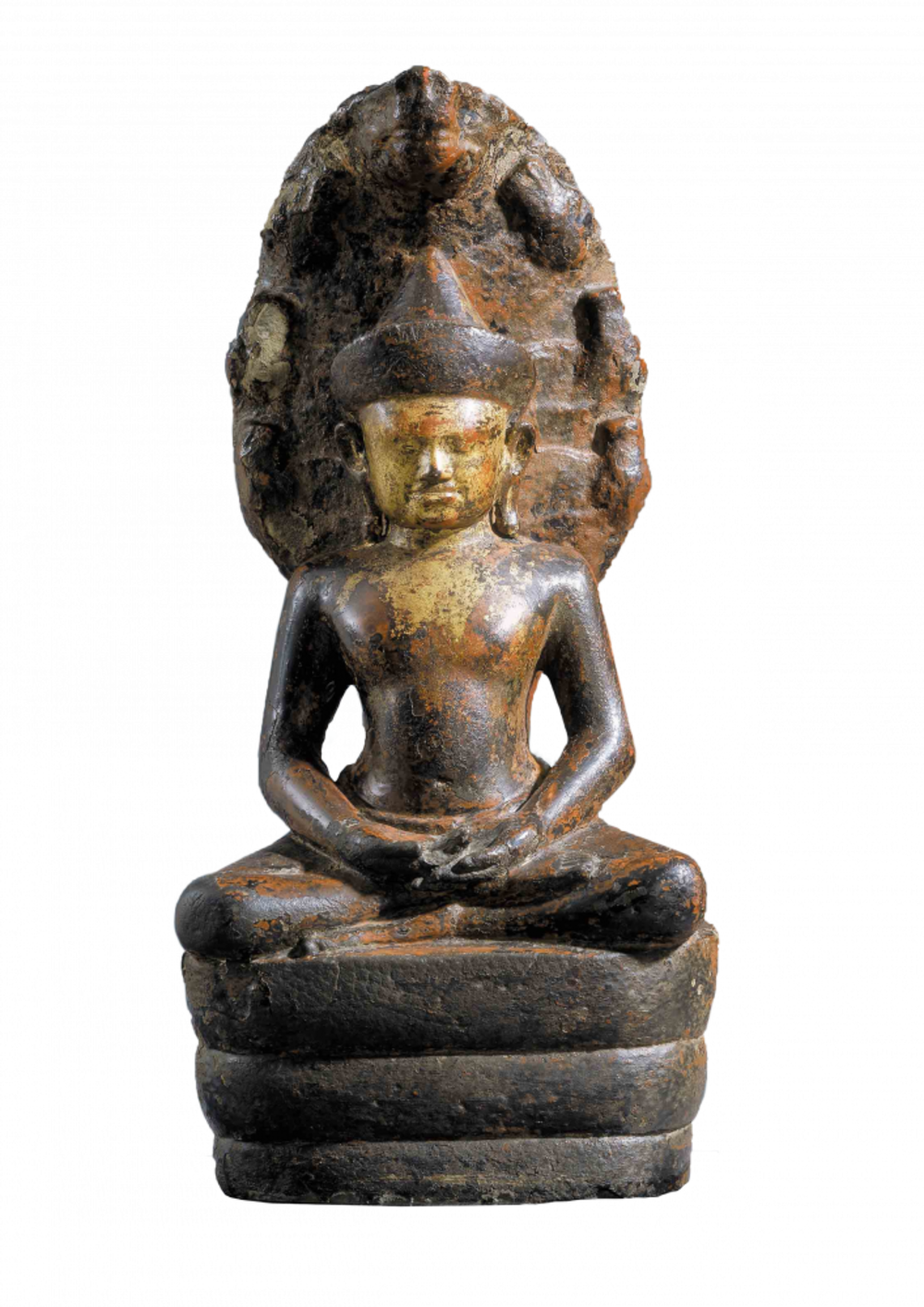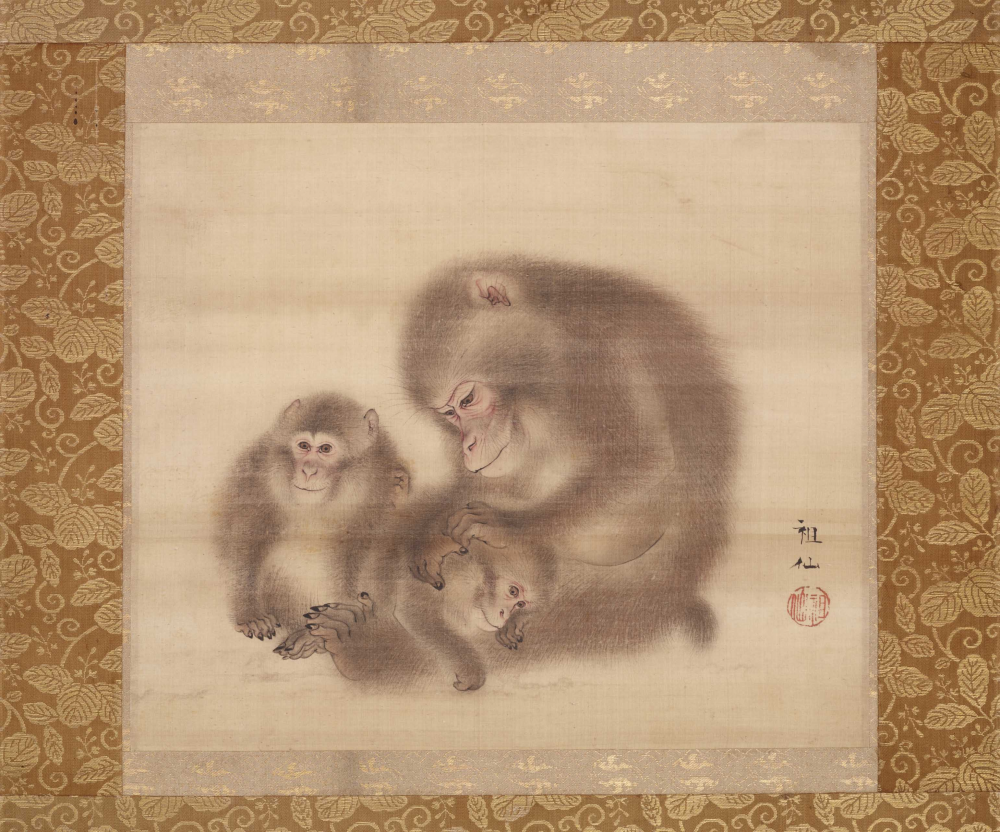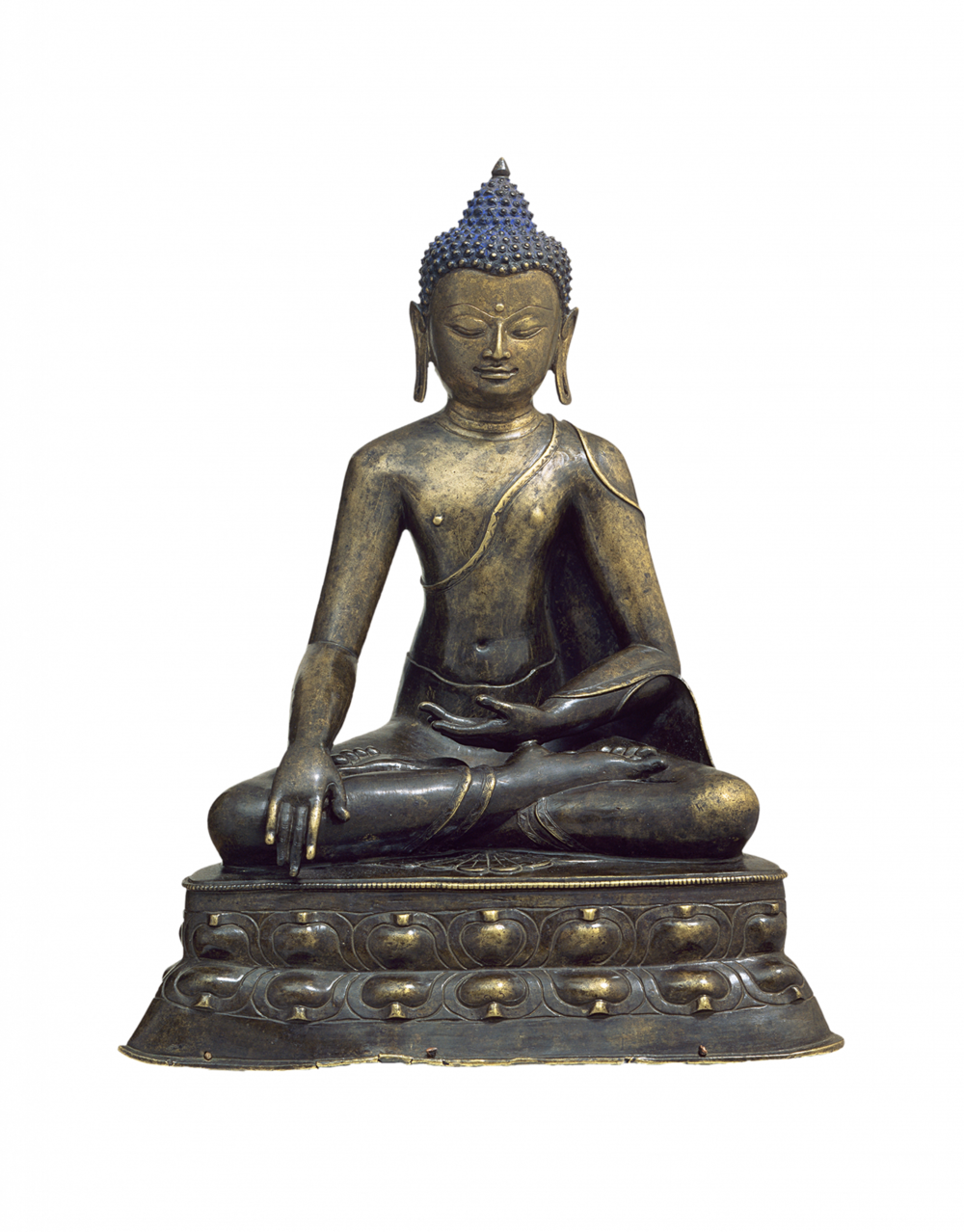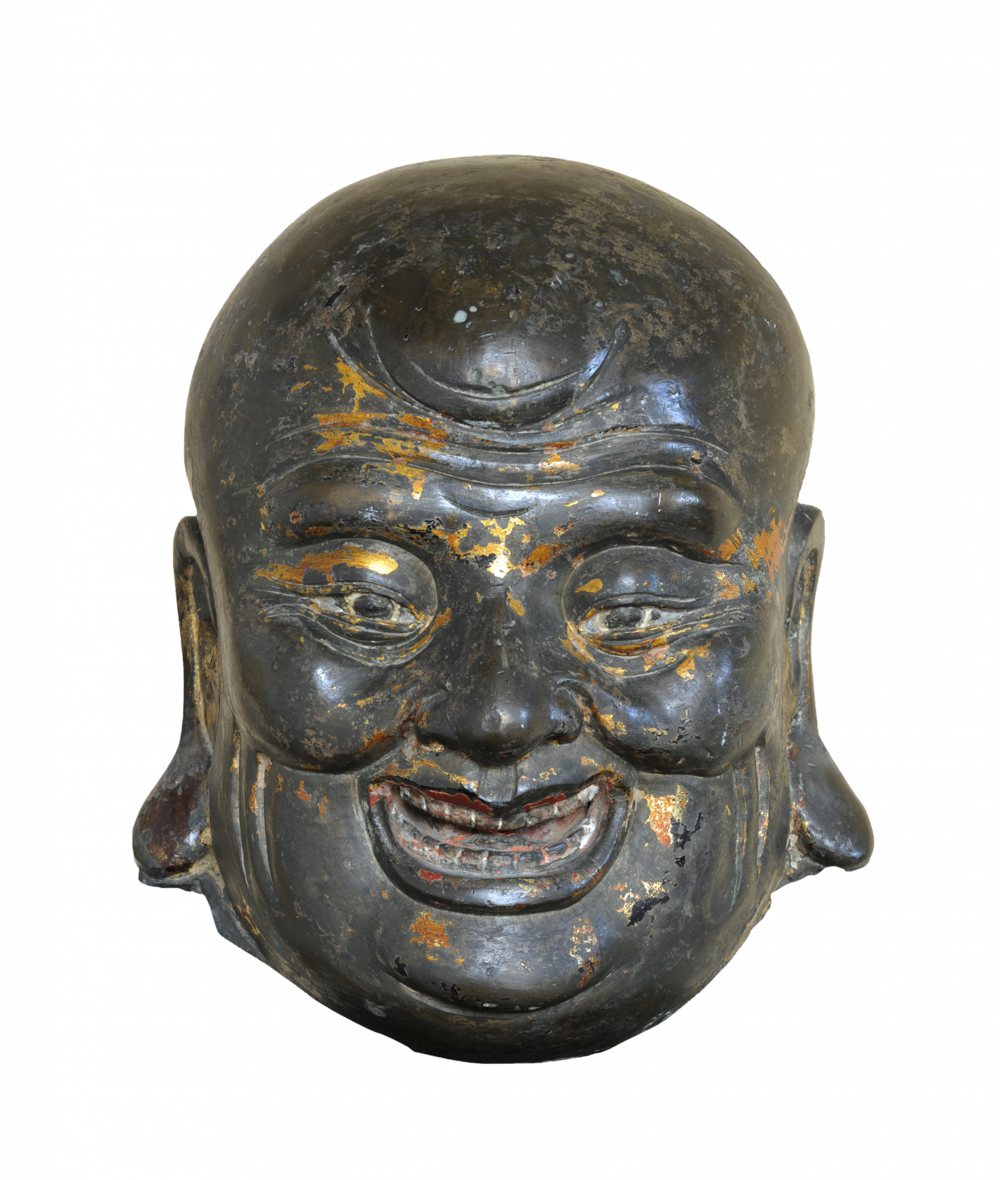Life is suffering. This is the first of the Four Noble Truths of Buddhism.
Life is marked by impermanence. Youth, health, and vitality eventually give way to old age, sickness, and death. Moments of happiness inevitably pass, too. This means, happiness and suffering are intrinsically linked.
According to the Second Noble Truth, the sources of suffering are hate, craving, and ignorance.
The Third Noble Truth states that suffering can be ended by overcoming the causes of suffering.
And, finally, the Fourth Noble Truth designates the road to the end of suffering: the Noble Eightfold Path.
What do the Buddha’s insights mean to Buddhists in their everyday lives? How do they define happiness?
In this story you will find some answers to these questions by listening to interviews with a number of practising Buddhists and scholars of Buddhism.





